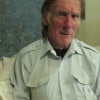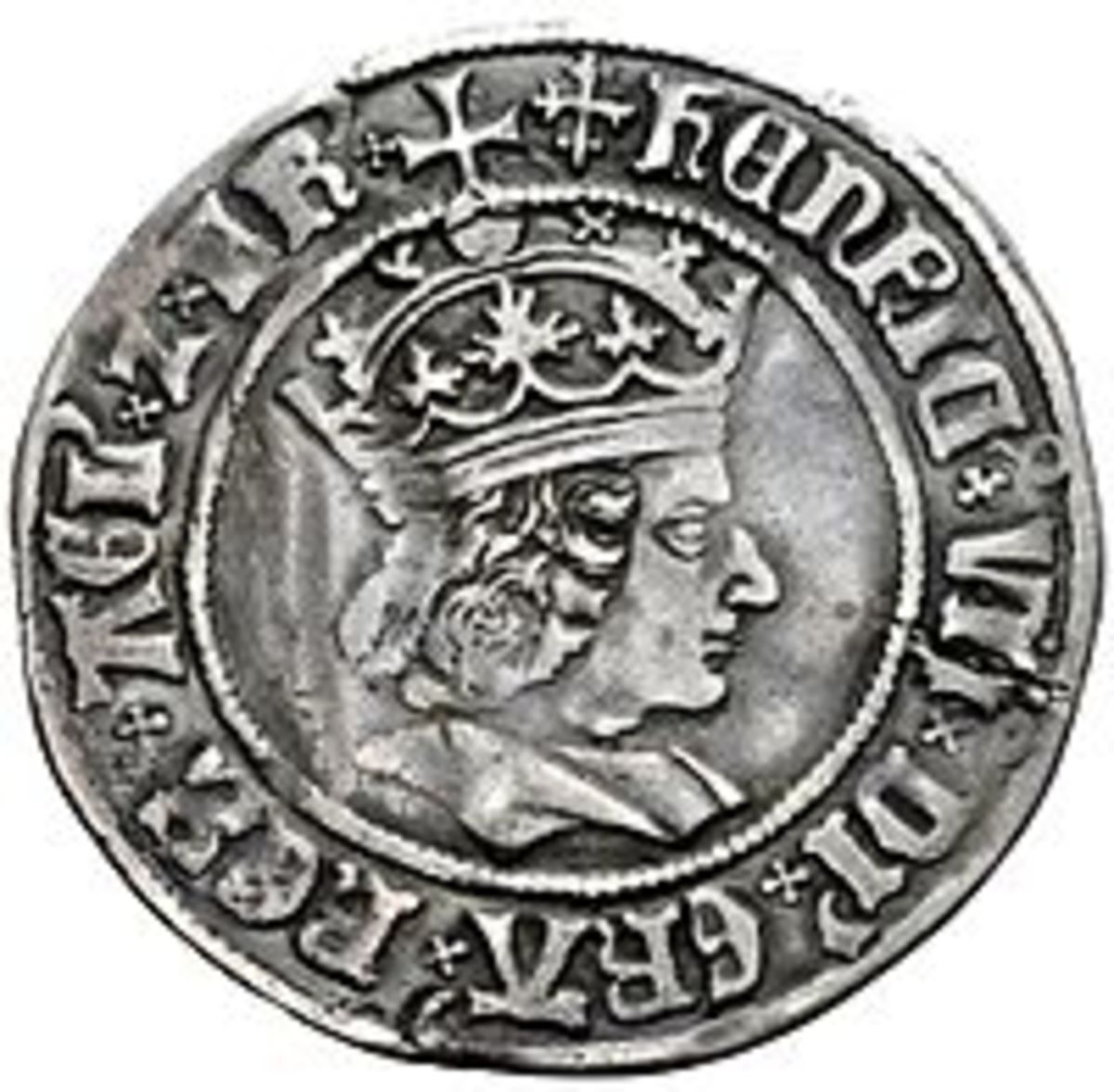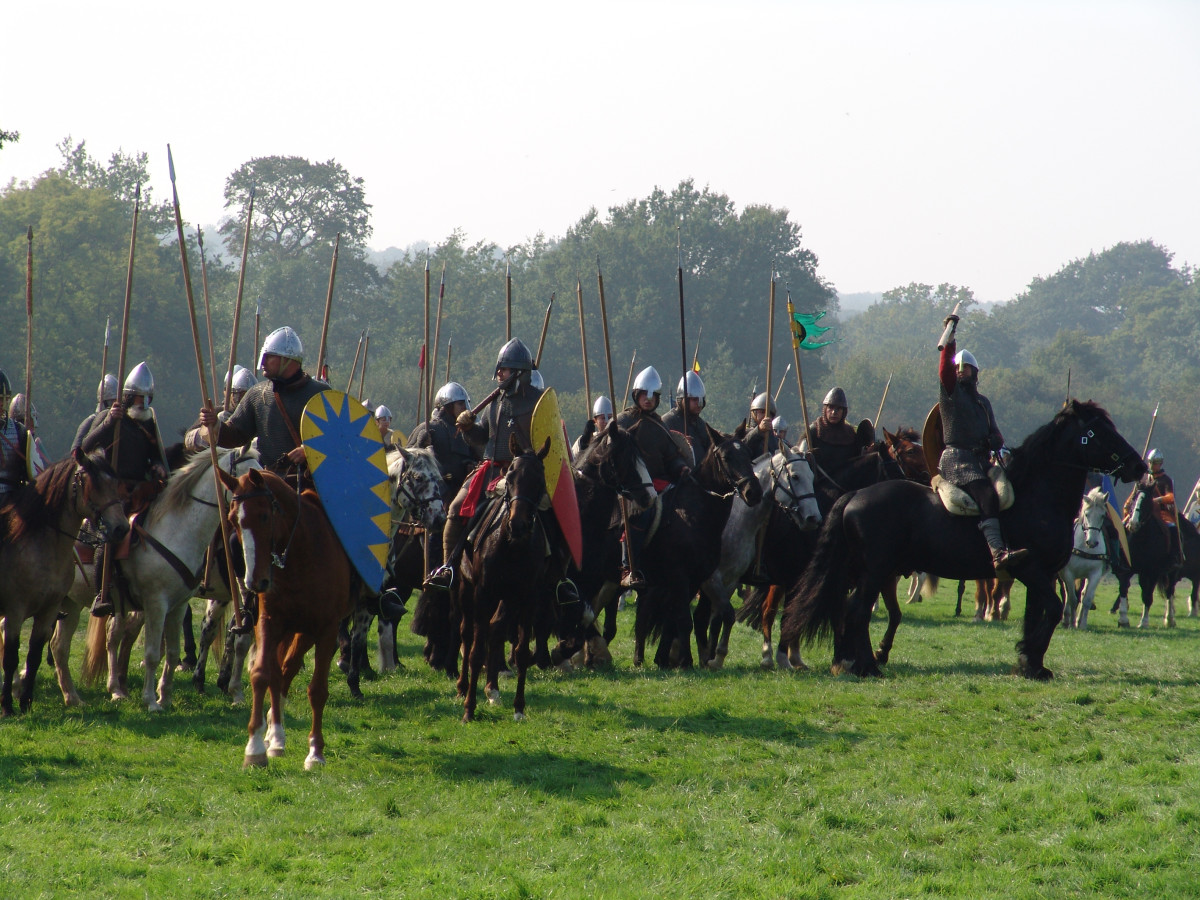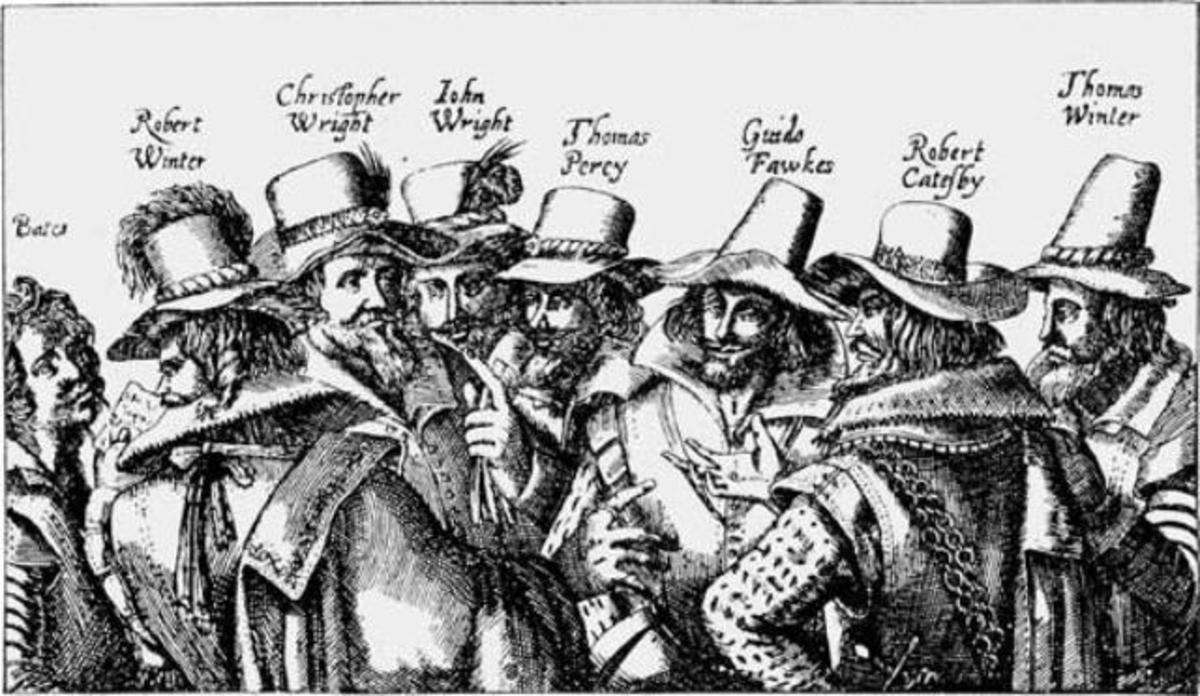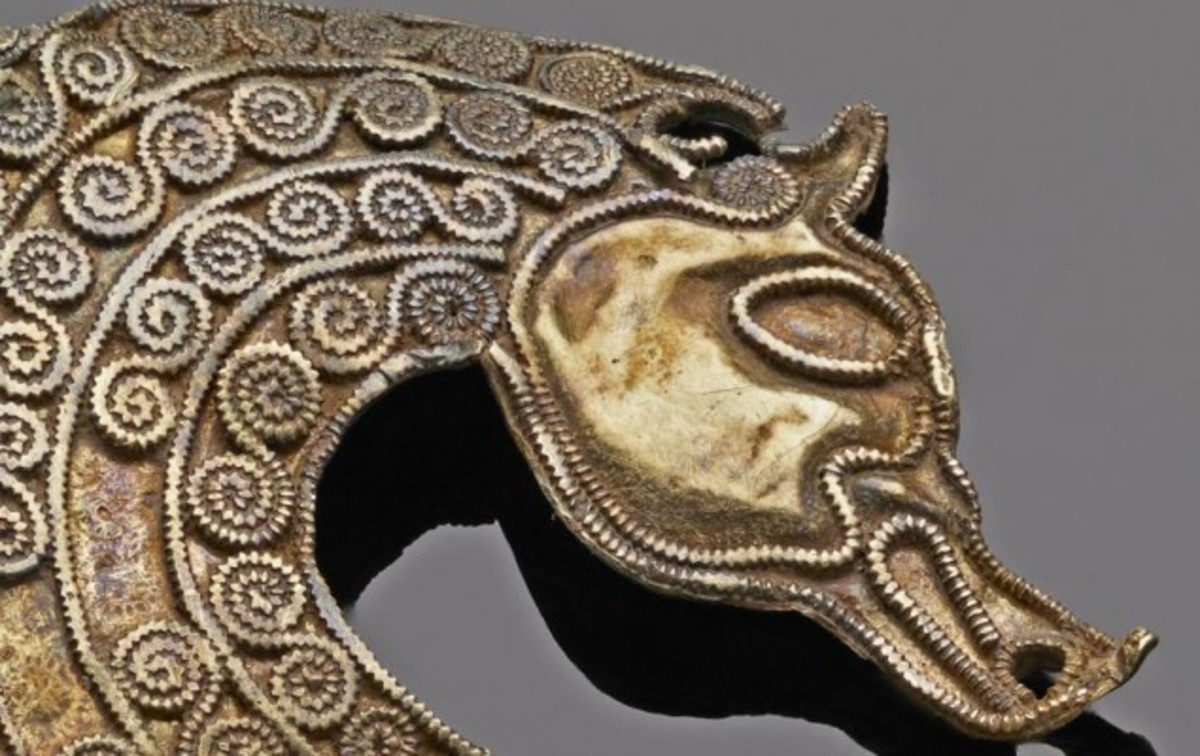- HubPages»
- Education and Science»
- History & Archaeology»
- History of Europe
Conquest - 23: Incomers and Continuity - What's Behind a Name (Are You a Fletcher or a Bowyer)?
The name sounds familiar...
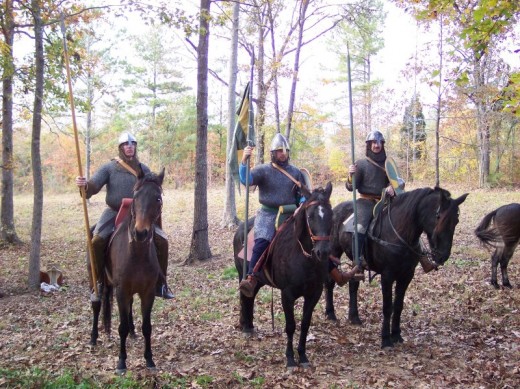
Domesday does not mention Winchester, the main burh of Wessex...
Some compensation is offered in the survival of two twelfth century surveys. The earlier of these is more or less contemporary with the Battle Survey, and harks back to an even earlier record of about AD1057. Men with Frankish, German and Lotharingian names could be found in the burh, of whom Godwin the Frank (Francisgena) is remarkable.
By AD1110 the incomers, many of whom were linked with the royal administration, had settled the more important streets. English occupancy of these was reduced, but there is no hint of English tenants as such being of lower standing than their overseas neighbours. Many of the more important townsmen were English, including almost all the moneyers working for Henry 'Beauclerc' (Henry I). Some moneyer families can be traced holding the same property from Eadward 'the Confessor' to Stephen of Blois. At Lincoln Englishmen were found at higher levels also. Of the twelve lawmen with land and rights (soke and sake) in AD1066, five had been followed by sons in AD1086, and two by fellow Englishmen. Only two were superseded by Normans.
As at Winchester the Lincoln moneyers who struck coins for William I had also been employed by Eadward and Harold II. Their successors were men with English or Scandinavian names. The first Frankish names appear from the time of Stephen, and even then they are no longer an accurate guide to origin. A list of some of the Lincoln names in AD1191 still includes insular names, although their continued use was to become a noticeable eccentricity. however, those with non-English names were not necessarily incomers. The first known Mayor of Lincoln was Adam (AD1210-16) who was of English stock. His grandparents, Aethelwig of Wigford and his wife Aelfgifu gave their five sons Continental names, i.e., David, Thomas, William, Roger and Reginald, who was Adam's father.
London has no surveys such as those serving Canterbury or Winchester, and only the upper ranks of London's burghers can be seen in surviving documentation. It is even more noticeable, then, that their English origins are so marked. As at Lincoln, the first mayor - Heanrig (Henry) fitzAilwin - was English, dying in AD1212. He was the grandson of Leofstan, who may have been a brother of Deormann of London, moneyer to Eadward 'the Confessor', Harold II, William I, William 'Rufus' II and Henry I.
In AD1086 Deormann held property in Middlesex, Hertfordshire and Essex. He may already have acquired the land in Keston, Kent, which he held from William's former chaplain Archbishop Lanfranc, for half a knight's service. Deormann gave his Hertfordshire manors of Watton and Walkern to his brother Leofstan, but they were confiscated by the king, who bestowed them on the steward (Latin dapifer/discifer, Saxon discthegn) Eudo. By the mid-twelfth century they had been regained by Leofstan's grandson Henry fitzAilwin, the Mayor-to-be. Deormann's Essex estate eventually passed to Westminster Abbey, into the care of whose fraternity his three daughters were taken. His land in Islington, then Middlesex, had previously belonged to Algar who had been a London moneyer - active from AD1049-70. As Deormann named one of his sons Algar (or Aelfgar), the elder of that name may have been father to Deormann.
The names of all four of Deormann's sons appear as moneyers: Algar, Eadwin, Ordgar and Theodoric. Theodoric and Algar (a canon of St Paul's) had already been minting at Hertford. Theodoric (or Thierri) had a grandson of the same name, who married Matilda/Matthilda, a kinswoman of Gilbert de Clare, 'Strongbow', Earl of Pembroke. Theodoric was a justiciar of London and Middlesex, dying in AD1162. His son Bertram of Barrow in Suffolk held Newington Barrow in Islington. His daughter married William, brother of Gervase of Cornhill (the site of the Victorian London Stock Exchange, London EC2).
Gervase's father Roger was Sheriff of London under Henry I, and Gervase himself held the same office under Stephen, into the reign of Henry II (the first of only three Angevin kings). Gervase took his by-name from his English father-in-law Eadward of Cornhill when he married Godeleve/Godgifu (Godiva), daughter of Eadward of Southwark. The clan was prominent both in local and royal administration. Reginald of Cornhill, who owned a histoire (history) of the English in Frankish verse, was one of Gervase's grandsons.
Next - 24: Domesday, 1086
Norman England - solid reminders of a regime
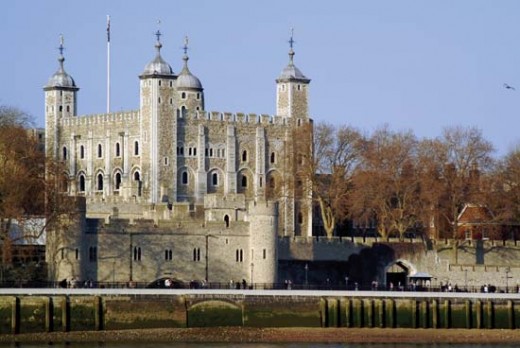
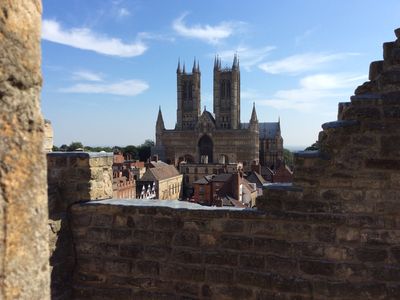
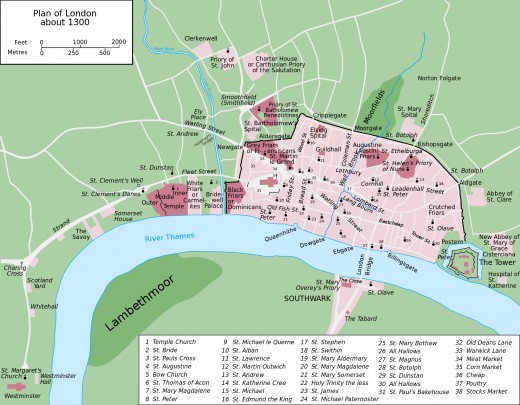
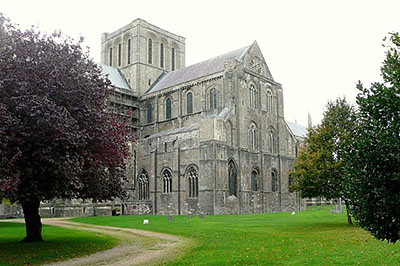
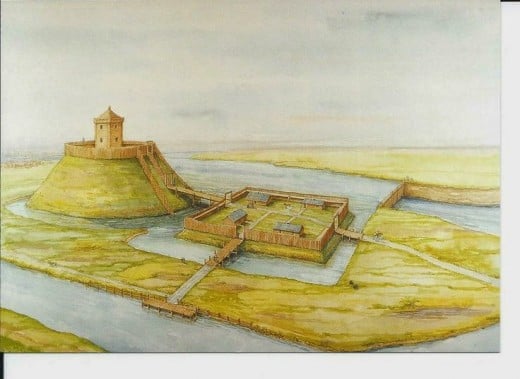
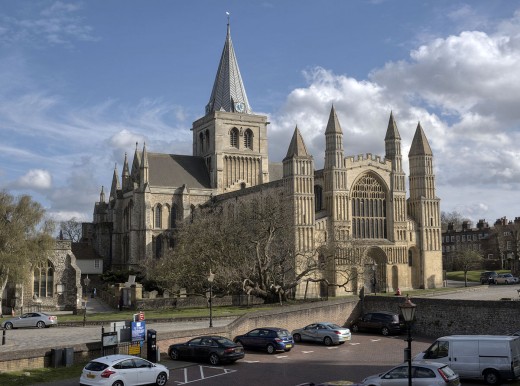
Until the Conquest names usually referred to were 'Aelfgar of Chester'
There might have been more than one Aelfgar in Chester, but this man would be well known, a merchant maybe. On the other hand there could well have been several men called Beorhtwulf in Winchester. What then? 'Beorhtwulf the smith', maybe, 'Beorhtwulf the innkeeper', 'Beorhtwulf the bee-keeper'.
To the Norman administration this would sound impossibly chaotic. So they introduced the 'sur-name', or name on a name. An Englishman would call himself 'Arrow-man', a Fleming or Norman would call himself 'Flecher', later changed to 'Fletcher'. The Englishman who made bows called himself 'Bowyer', The stockman called himself 'Sheep herd', the rope-maker became 'Roper' and so on. Over subsequent centuries naming became more involved. Someone who came from Winchester might originally be 'Simon of Winchester', the 'of' would be later missed out. A foundling discovered on the steps of an abbey might either be called after the establishment ('Charterhouse') or just plain 'Abbey'. In much later years someone bearing the name of a town might be a ward of that borough, in other words either born in the Workhouse without a father's name or taken from the parents due to neglect.
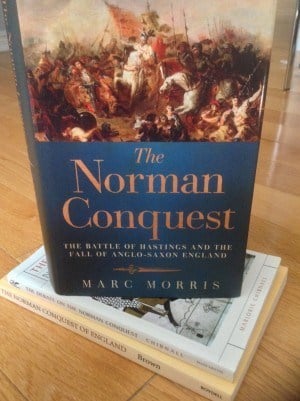
Marc Morris maps out the effect the Normans had on Britain - for better or worse - from a decade into William's reign to the Angevin kings after King Stephen. Born in England, Henry II's impact on the British Isles was far more widespread than his predecessors could dream of. He looked more favourably on his subjects than either his older brother or father. Then came the long-lasting warfare between Henry's daughter Matilda and Stephen of Blois, 'the Anarchy'... and then came Henry II...
Domesday Survey - see the next part of this series
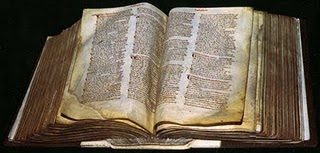
© 2011 Alan R Lancaster
